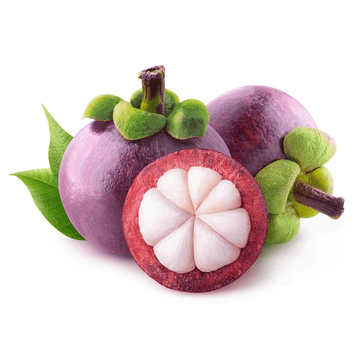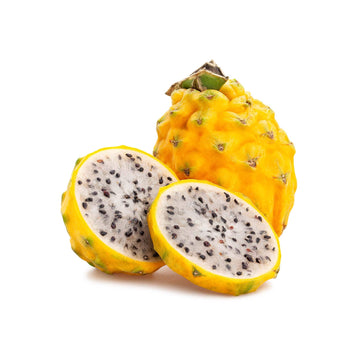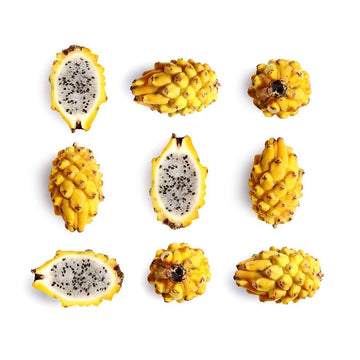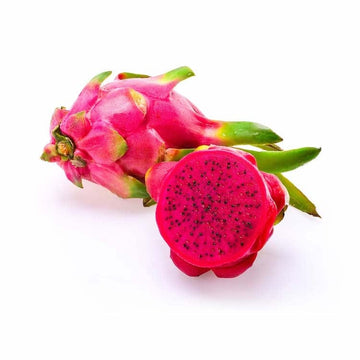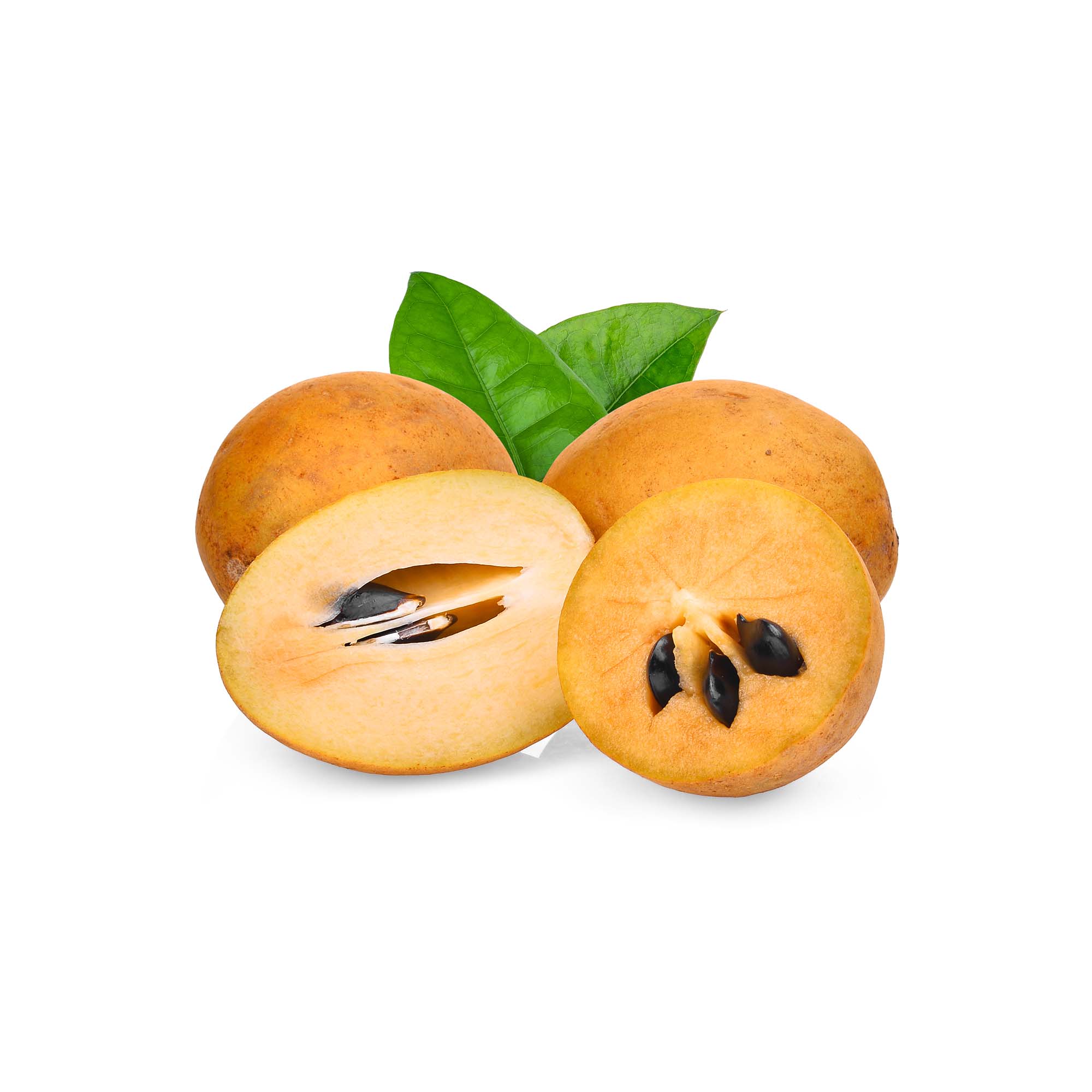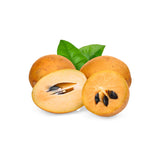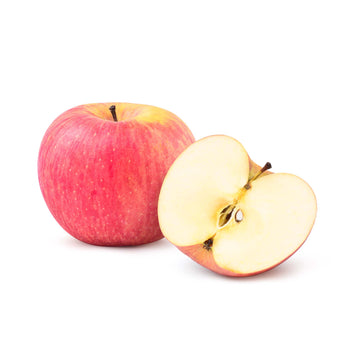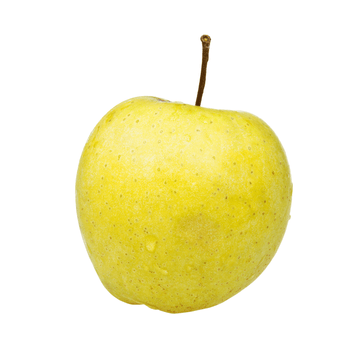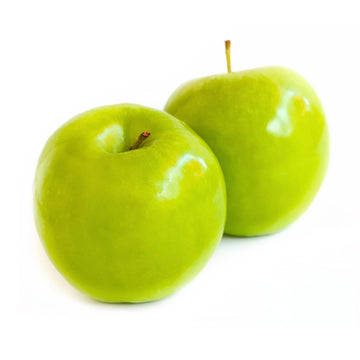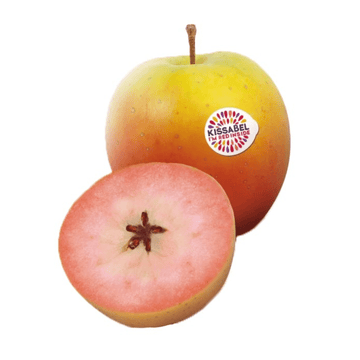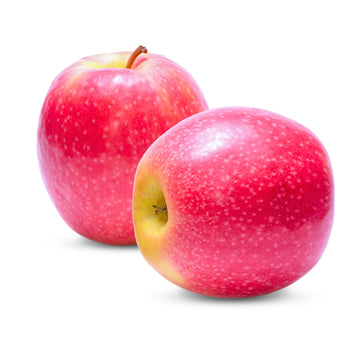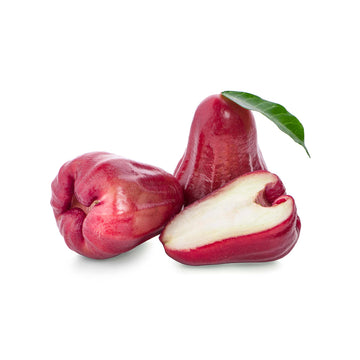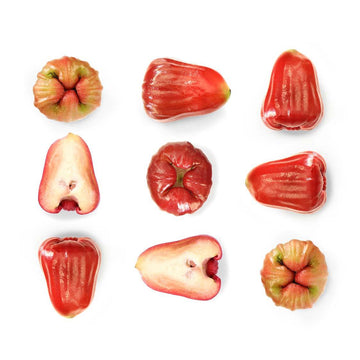Chikoo - Sapodilla
Subcribe to back in stock notification
Introduction
Sapodilla (Manilkara zapota) is an evergreen tree native in Central America, southern Mexico and the Caribbean. It can grow more than 30m in high and it is a wind-resistant tree. It produces fruits which are like large berries in diameter and their flesh is yellowish-brown in colour with streaks of orange when fully ripe.
History
The fruit is believed to be native in southern Mexico, Central America, and the Caribbean. It was later introduced in other parts of tropical America, Bahamas, Bermuda, and Florida. It was also introduced to the Philippines during Spanish colonization.
Regions
Nowadays sapodilla is introduced in many areas around the globe. It is produced in large quantities in India, Thailand, Indonesia, Pakistan, Malaysia, Vietnam, Cambodia, Mexico, and Bangladesh.
Flavours & Texture
The fruit has a very sweet, malty flavour with a mild pear-like undertone. It has a soft, pulpy texture that is juicy and also slightly gritty, although not unpleasantly.
Preparation
Skin, quarter and de-seed sapodillas before use. It is recommended to use sapodillas when they are very soft. You can eat it raw, or you can add it in a fruit salad, in your smoothies or make juice.
Nutritional Value
Sapodilla is a very good source of fibre and it also contains antioxidant compounds known as tannins.
|
Calories per 100 g |
83 kcal |
|
Fat |
1.1 g |
|
Carbohydrates |
20 g |
|
Fiber |
5.3 g |
|
Protein |
0.4 g |
|
Calcium |
21 mg |
|
Iron |
0.8 mg |
|
Potassium |
193 mg |
SHIPPING
Choose your desired delivery date at the checkout, available delivery dates will be displayed at checkout stage. All orders are dispatched on a 24hr Next Working Day service. If no date is selected your order will be dispatched at the next available date.
We offer Free Next Working Day Delivery on all orders over £75 including our selection boxes.
Our shipping rates are as follows:-
England - £6.95
Scotland - £11.95
Northern Ireland - Not currently available
Customers are responsible for being present at the shipping address provided on the date selected at checkout. Exotic Fruits are not responsible for any missed or attempted deliveries that must be rearranged by the customer.
All orders are packed in cardboard boxes with a biodegradable packing pellets, straw, or hay to protect the fruit during transit.
RETURNS
Let's start by stating the obvious. Since our produce is perishable we cannot accept returns.
That said, we want every customer to be happy so we do offer vouchers, refunds and replacements at our sole discretion if your fruit has arrived inedible. If you would like to report an item which has become damaged or perished during transit, please:- We are not responsible for products that spoil if there is not someone to receive your delivery on the date that you request it, full tracking is provided and can be requested anytime after dispatch.

